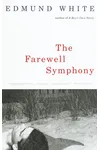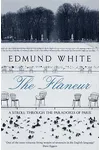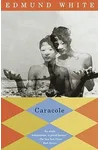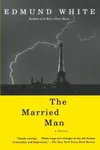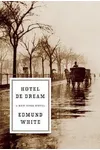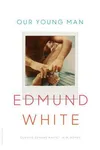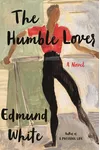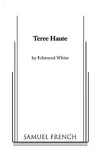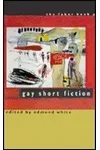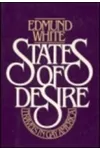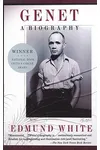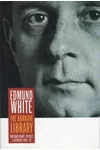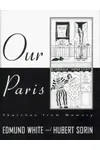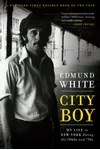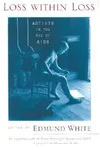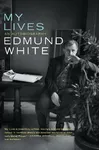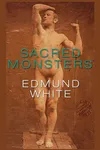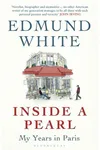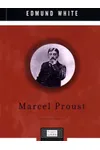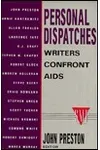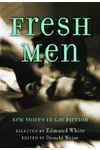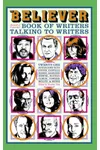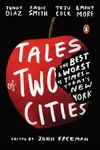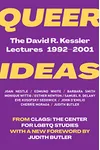Picture an American storyteller who turned the complexities of gay life into lyrical, unflinching prose—meet Edmund White! With a career spanning over five decades, White has chronicled the gay experience in novels, memoirs, and essays, from the repressive 1950s to the AIDS crisis and beyond. His candid voice and evocative storytelling have made him a literary icon.
Born in Cincinnati, Ohio, White emerged as a pioneering figure in LGBTQ+ literature, weaving personal and cultural narratives with unparalleled grace. His seminal work, A Boy’s Own Story, captured hearts and reshaped how we talk about identity. Ready to dive into his world? Let’s explore!
The Making of Edmund White
Edmund Valentine White III was born on January 13, 1940, in Cincinnati, Ohio, and raised in Chicago. Growing up in a conservative Midwest, he grappled with his identity as a gay man in an era when such truths were rarely spoken. His passion for literature bloomed early, fueled by voracious reading and a knack for storytelling. After studying at the University of Michigan, White moved to New York City in the 1960s, immersing himself in its vibrant literary and gay subcultures.
His early career included stints as a journalist and editor, but writing fiction became his calling. Inspired by authors like Proust and Nabokov, White began crafting stories that blended autobiography with cultural critique. His openness about his life, including his HIV-positive status in the 1980s, set him apart as a fearless voice.
Edmund White’s Unforgettable Stories
White’s bibliography is a treasure trove of insight and beauty. His breakthrough novel, A Boy’s Own Story (1982), is a coming-of-age masterpiece, tracing a young gay man’s journey through a repressive 1950s America. Its lyrical prose and raw honesty made it a touchstone for LGBTQ+ literature. The sequel, The Beautiful Room Is Empty (1988), continues the protagonist’s story, diving into the Stonewall era’s revolutionary spirit.
White’s memoirs, like My Lives (2005), offer a kaleidoscopic view of his relationships, travels, and literary friendships with figures like Susan Sontag. His nonfiction, including States of Desire: Travels in Gay America (1980), maps the diversity of gay culture with a journalist’s eye. Known for his elegant, introspective style, White tackles themes of love, loss, and identity, often with a touch of wry humor.
His later works, such as The Married Man (2000), explore aging and intimacy with poignant clarity. Whether fiction or memoir, White’s writing invites readers into a world where personal and political collide, rendered in prose that’s both intimate and universal.
Why Edmund White Matters
Edmund White’s impact on literature and culture is profound. As one of the first openly gay authors to gain mainstream acclaim, he paved the way for future generations of LGBTQ+ writers. His candid discussions of HIV/AIDS in the 1980s and 1990s helped destigmatize the disease, offering hope and humanity amid crisis. White’s work has shaped how we understand identity, community, and resilience.
His influence extends beyond books. A mentor to young writers and a cultural commentator, White’s legacy is one of courage and artistry. Awards like the National Book Critics Circle Award and his role as a founding member of the Gay Men’s Health Crisis underscore his far-reaching contributions.
About Edmund White
- Born: January 13, 1940, Cincinnati, Ohio
- Key Works: A Boy’s Own Story, The Beautiful Room Is Empty, My Lives
- Awards: National Book Critics Circle Award, Chevalier de l’Ordre des Arts et des Lettres
- Notable Fact: Co-founded the Gay Men’s Health Crisis in 1982
Snag A Boy’s Own Story and dive into Edmund White’s luminous world of love, identity, and unforgettable prose!


